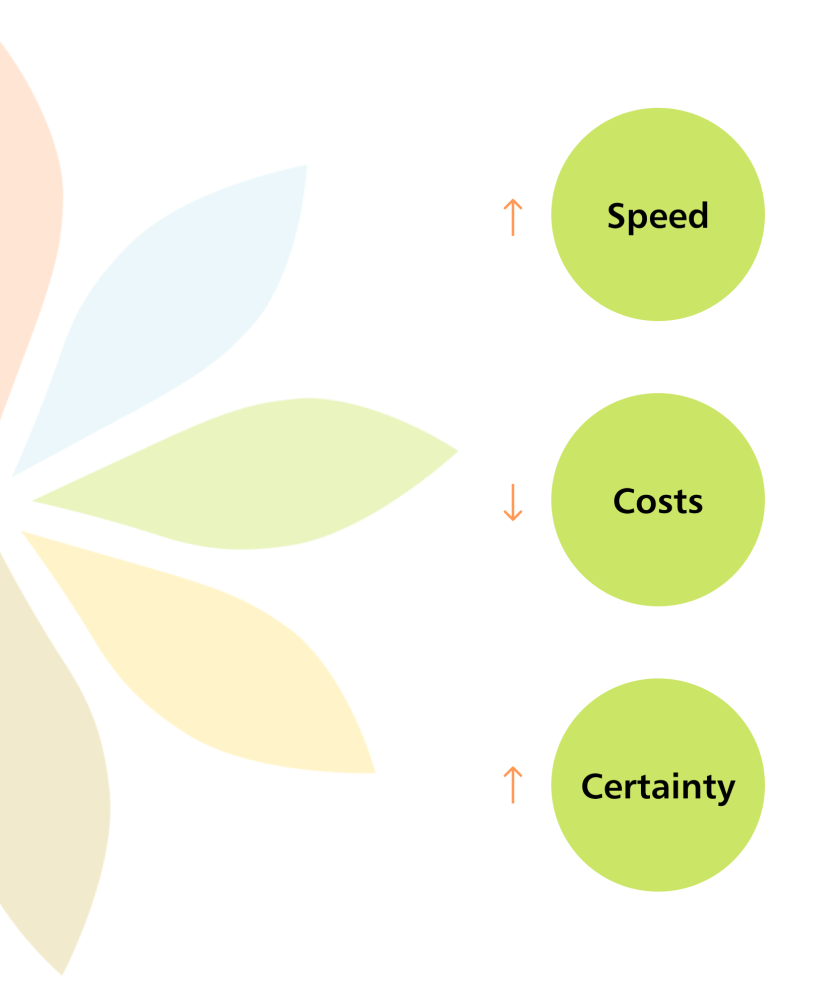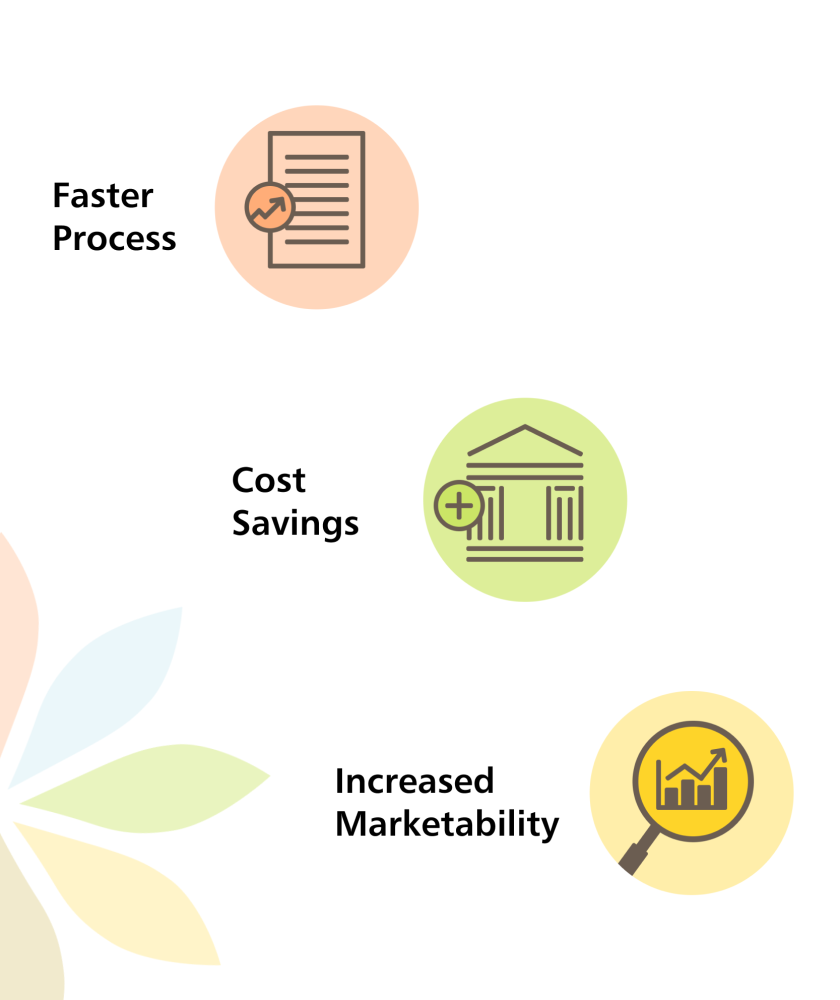When Should Developers Opt for PiP Over Traditional Planning Applications?
In today’s challenging planning landscape, characterised by under-resourced authorities and delays to the determination of planning applications, developers need to consider all available options to achieve their aspirations. Permission in Principle (PiP) may not be as widely recognised as traditional planning application routes, but it can be a useful tool in certain scenarios.
At P&DG, we take a creative approach when it comes to solving our clients planning conundrums, which includes utilising the full extent of the planning toolkit. We have recently had a number of successes with PIP that demonstrate its effectiveness when effectively deployed, particularly in navigating around the common hurdles of the UK planning system.
What is Permission in Principle (PiP)?
Permission in Principle is a two-stage planning process aimed at speeding up the delivery of small-scale residential developments. Unlike traditional applications, PiP separates the consideration of the principle of development from the more detailed technical matters. This allows developers to establish the “principle of development” early on, without delving into technical details that typically require extensive resources.




